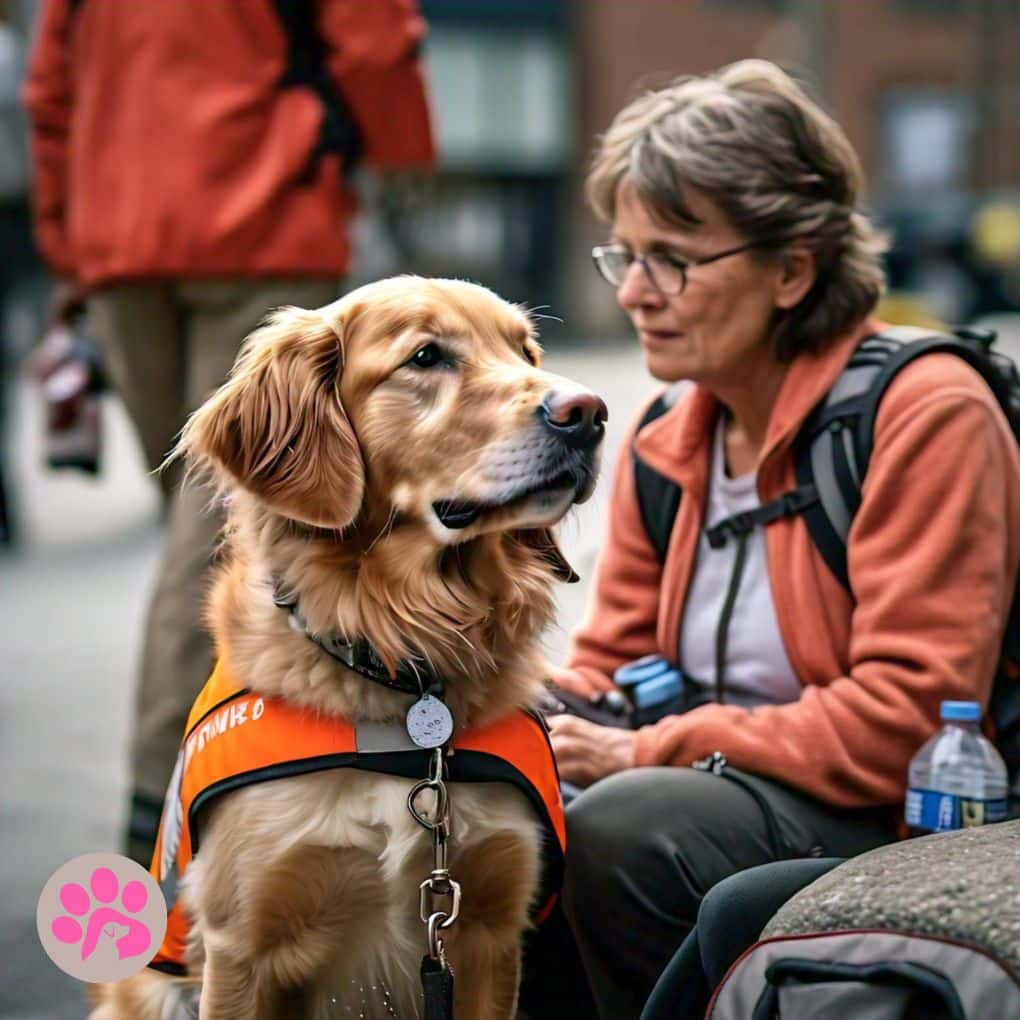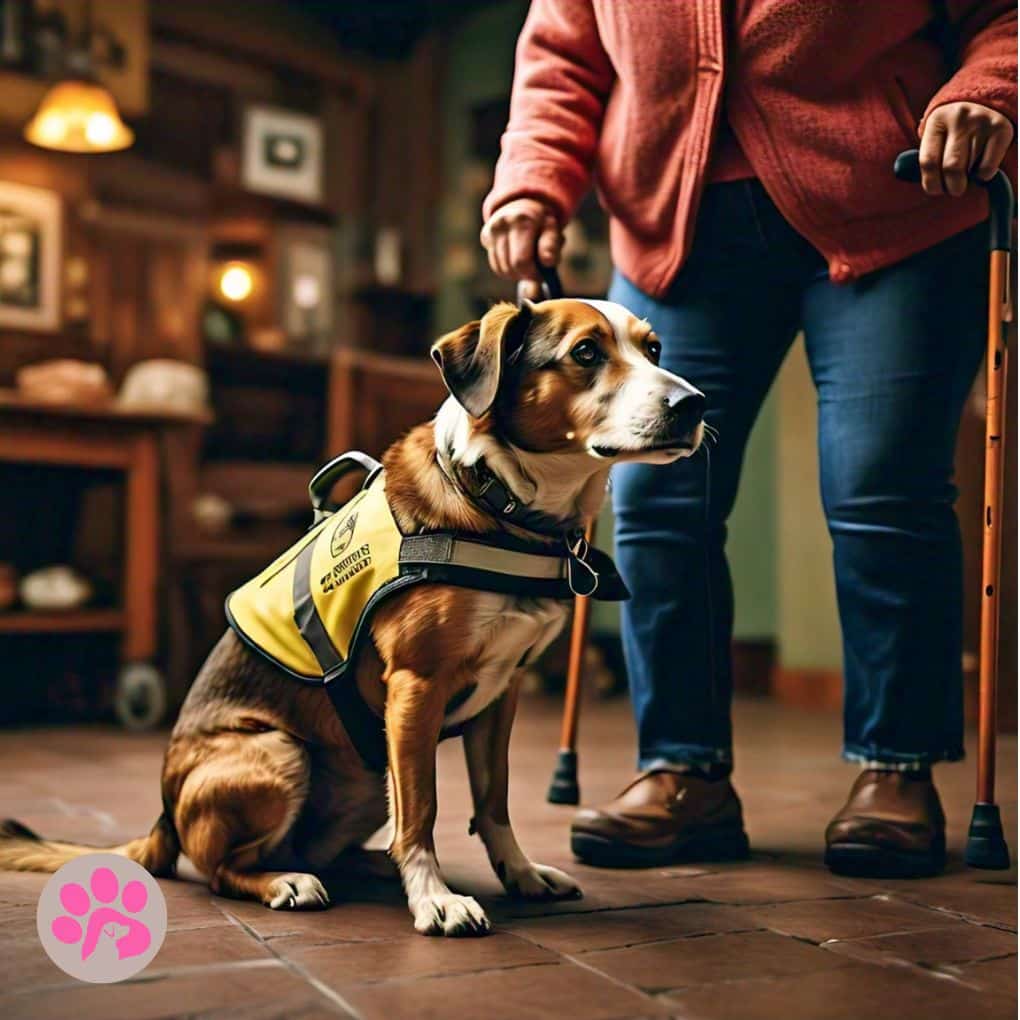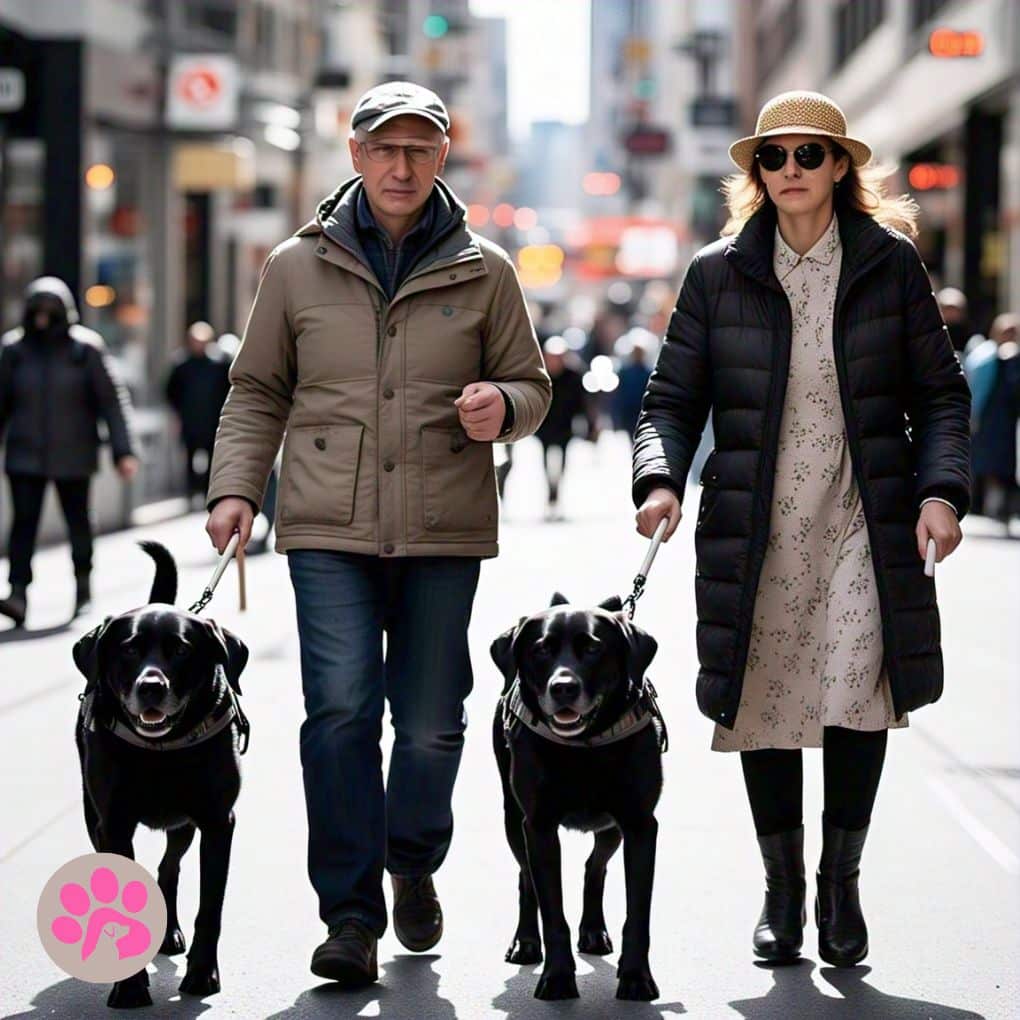As a guide dog, blind people don’t just get any dog on a leash; they have a lot of say in which dogs are picked. A lot of people who are blind or have low vision can choose their own guide dog. They make sure that the dog fits with who they are and how they live. When someone needs a guide dog. Because the dog does more than just help, they should have a say in how they are taught.
Guide dog schools do most of the work when it comes to teaching the dogs. But it’s up to each person to find the right dog for them. Blind people help find the right match, even if it’s just because of attitude matches. They have specific needs like getting around on busy streets or taking public transportation. So, how much do they really get to say? Let’s take a look at the interesting process and see how it all works!
Initial consultation and preferences:
Blind people help find the right match, even if it’s just based on attitude. During this meeting, the person can talk about how they live. What traits they’d like in a guide dog, and how they live their life. Someone who lives in a busy city might want a calm, well-behaved dog. On the other hand, someone who lives in a quieter country area might want a dog that is more independent. The trainers use this meeting to figure out what kind of dog would work best with this person.

In addition to personality traits, things that are useful are also thought about. People who are blind may have physical needs. For example, if they have trouble moving around, they may want a smaller or easier-to-handle dog. They may also want a dog that has extra training in certain areas, like how to handle public transportation. By being clear about these views from the start, the person can be sure that the guide dog will be a good fit. By giving them both useful help and a good relationship. All of this is thought about by the guide dog schools when they match a person with a dog, trying to find the best match possible.
Trial Period in Training Guide Dogs:
Trial time is often part of guide dog programs to make sure that the blind person and the dog are a good match. This is when the person can work with the dog in real life. By doing things like getting around the neighborhood, avoiding hurdles, and doing normal things. During the trial phase, the person can assess how well the dog meets their needs and whether they feel safe and comfortable following the dog’s lead. If the person feels the dog isn’t a good match due to temperament, behavior, or training, they can request a different dog to ensure a better fit before fully committing.
- The trial period allows blind individuals to test how well the dog performs in daily life, like navigating streets, public transport, or busy environments.
- It gives the person a chance to assess if they feel comfortable and confident with the dog’s guidance.
- During this time, the person can determine if the dog’s personality and training align with their needs.
- The trial period helps identify any behavior issues or training needs that might need to be addressed.
- If the match isn’t right, the individual can request a different dog, ensuring a better partnership before the final commitment.
Personality Matching in Guide Dogs:
It’s very important to find a guide dog whose personality matches yours. Guide dog schools teach dogs how to do things, but they also look at the personalities of both the dog and the person who will be getting the dog. Different blind people may want different dogs. One person may prefer a calmer, more relaxed dog, while another might want one that’s more energetic and playful. Trainers consider these traits to ensure the dog will align with the owner’s preferences and lifestyle.
This makes it easier for both of them to form a strong, trusted relationship. By matching people and dogs based on behavior, guide dog programs make it more likely that the two will get along well.

attitude matching looks at more than just the dog’s attitude. It also considers how the dog will react to the person’s energy and behavior. A dog with a lot of energy might not be right for someone who likes things to go more slowly, and a dog that is quieter and more reserved might not get along with someone who lives a busy, active life. Trainers make sure that the dog’s personality is not only right for the job but also fits in with the blind person’s general way of life by thinking about things like these. This helps to create a smooth working relationship.
Specialized Needs Consideration in Guide Dogs:
When choosing a guide dog for a blind person, it’s important to think about their specific needs. Some people may need different kinds of training for their guide dog because they have other disabilities or special needs. For instance, someone who has trouble moving around might need a dog that can do more than just guide them. In this case, the dog could help them open doors, find things, or even get around in new places, like on the bus. This is why guide dog schools focus on teaching dogs specific jobs to make sure they meet the needs of the person. This makes the dog a friendly and useful pet.

People who live in bustling cities or other places with lots of people and cars may also need a guide dog that is very good at dealing with these things. On the other hand, someone who lives in a more rural area might need a dog that can go on longer walks or in settings with fewer rules. The dog is taught to lead by guide dog schools, and the dog also learns how to help the person with daily tasks. This makes the person more independent and improves their quality of life.
Collaboration with Trainers:
Working together with teachers is an important part of choosing a guide dog. Even though guide dog schools are in charge of training the dogs, blind people are involved by working closely with the trainers to make sure the best match. Trainers listen to what the person says and think about what they like and don’t like about dogs, their lifestyle, and their specific needs to decide which dog is best for that person. The person in this relationship can talk about any fears or wants they have about the dog’s temper, behavior, or size. This makes sure the dog is ready to help them with daily chores.
After the dog is picked, the blind person and the teachers still work together. While the dog is being taught and the person is being oriented, the person keeps working with the trainers and giving feedback. This helps the trainers figure out how the dog is adapting to their needs. This ongoing contact makes sure that the person’s needs are taken into account during the dog’s training. This makes the change easier when the person gets the dog.